If you’re allergic to cats, you’d be forgiven for thinking you couldn’t own one. It makes sense, right? Allergies impact your life and encourage avoidance, so how is it that a person who’s allergic to cats can still own one?
The primary cause of allergies to cats is a glycoprotein known as Fel D1, which is produced by the sebaceous glands under the skin, and to a lesser degree is present in cat’s saliva.
A cat is constantly shedding minute particles of dander (skin flakes) into the environment, and when they groom, they transfers saliva on to the coat, which is then shed around the home producing allergies to those susceptible.
People with allergies have over sensitive immune systems. Their bodies mistake harmless things – like cat dander – for dangerous invaders and attack them as they would bacteria or viruses. The symptoms of the allergy are the side effects of your body’s assault on the allergen or trigger.
What are the symptoms?
Symptoms of a cat allergy might develop in just a few minutes or take hours to appear. They include:
- Coughing and wheezing
- Hives or a rash on the chest and face
- Red, itchy eyes
- Redness of the skin where a cat has scratched, bitten or licked
- Runny, itchy, stuffy nose
- Sneezing
If you are not sure you are suffering from an allergy to cats, you can request an allergy test. This involves either a skin patch test or a blood test.
What happens if you’re allergic to a cat?
If you establish that cats are the cause of your red, itchy eyes and sneezing, it doesn’t mean you can’t ever go near one again. It does, however mean that should you introduce a cat into your own home, it should be a hypoallergenic one.
Low allergen or “hypoallergenic” cats are known to produce fewer allergens than “regular” cats. Note that the operative word is “fewer” – no cat is completely hypoallergenic.
Hypoallergenic cats produce less of the protein Fel D1, making a reaction less likely. Light-coloured female hypoallergenic kittens produce the least of all.
Owning a hypoallergenic cat doesn’t mean you will never react, but it does reduce your chances of being affected by them daily. Hypoallergenic cat breeds include:
Balinese
Often referred to as the “longhaired Siamese”, the Balinese looks like an unlikely candidate for a hypoallergenic cat. Developed in the United States as a breed of its own, it’s a natural spontaneous mutation of the Siamese gene. Possessing all the charm and beauty of the Siamese, the Balinese (meaning “Oriental Ballerina) cat has the added benefit of a uniquely silky, angora-like coat.
Javanese
Highly intelligent, agile, playful and athletic, the Javanese makes a beautiful family pet. Another longhaired variety of the Siamese, the breed was developed from a foundation of Siamese, Colourpoint and Balinese cats and is extremely fond of people. They like to be “helpful” and follow you around wherever you go and will likely sneak into your bed at every opportunity (not a good idea for someone with allergies). While not as loud as the Siamese, the Javanese is still just as opinionated and will tell you exactly what he thinks.
Devon Rex
The “pixie of the cat fancy” Devon Rex sports oversized ears and an elfin face with large impish eyes. This adorable combination only hints at the mad-cap personality within – fun-loving, relaxed, social and a little devilish. Intensely loyal, the Devon Rex possesses almost dog-like qualities and will want to be with you whenever possible.
Cornish Rex
The Cornish Rex have soft, wavy, rippled coats that lack guard hair, therefore they don’t shed like other cats. Requiring very little grooming, they won’t deposit hair around the home. Slender and athletic with curved contours, an arched back and super soft hair, the Cornish Rex is a fine cat you’ll instantly fall in love with. To find out more about this gorgeous feline, visit our cat breed centre http://www.petsecure.com.au/cat-breeds/cornish-rex/
Siberian
The muscular, powerful Siberian is extremely agile and can leap great distances and heights. An intelligent breed, it’s known to problem solve to get what it wants and will get along with children, other cats and cat-friendly dogs. The Siberian cat is thought to produce some of the lowest levels of Fel D1. To find out more about this amazing beauty visit http://www.petsecure.com.au/cat-breeds/siberian-cat/
Sphynx
The Sphynx has long been a ‘go to’ cat for people with allergies, however it’s not strictly “hypoallergenic”. The first hairless cat to bred specifically for that trait, its features are unique in that it lacks a fur coat. Extremely warm to touch, they have earned the nickname “suede hot water bottle”. While grooming is not a problem, they do require sponging down regularly to remove oily secretions. To find out more about this unusual cat which we dont see around very often, visit http://www.petsecure.com.au/cat-breeds/sphynx-cat/
Russian Blue
The sparkling, silvery coat and brilliant green eyes of the Russian Blue draw immediate attention. Intelligent and playful, they make a wonderful family pet and sensitive to their owner’s moods they will greet you at the door, sit to comfort you or fetch a toy in which to play with. The Russian Blue naturally occurred in Russia, and as a result its fur has adapted to withstand the harsh climate. The dense double coat helps protect you from allergens, because it traps more allergens close to the cat’s skin rather than depositing them for you to inhale. The Russian Blue also produces low levels of Fel D1. To find out more about this handsome feline visit http://www.petsecure.com.au/cat-breeds/russian-blue/
As well as choosing a hypoallergenic breed you can:
- Limit your cat’s access and keep them out of the bedrooms.
- Clean your home regularly, being sure to vacuum every few days
- Keep the air fresh by leaving windows open
- Keep your cat healthy. The healthier your cat, the less it will shed and produce dander.
- Bath your cat every 15 days. Regular baths can dry out your cat’s skin but baths remove significant amounts of allergens from the coat. Have somebody else take care of bathing.
- Have someone else brush your cat regularly and discard hair straight away.
- Play with care. Be mindful of your cat scratching, licking or rubbing up against you and wash your hands well after playtime.

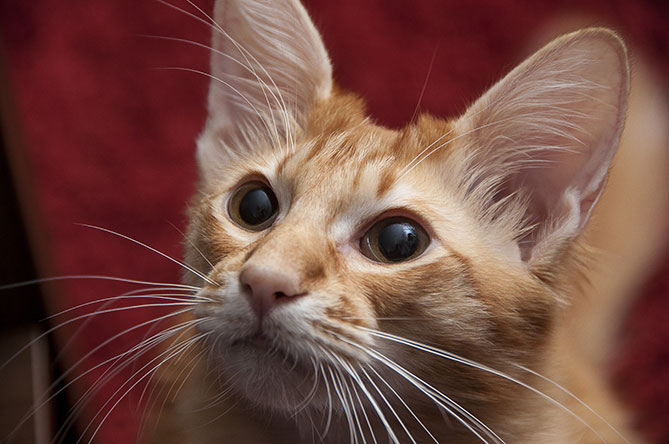
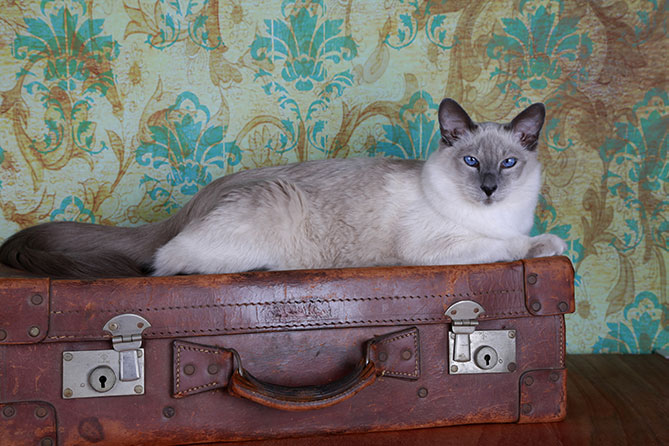
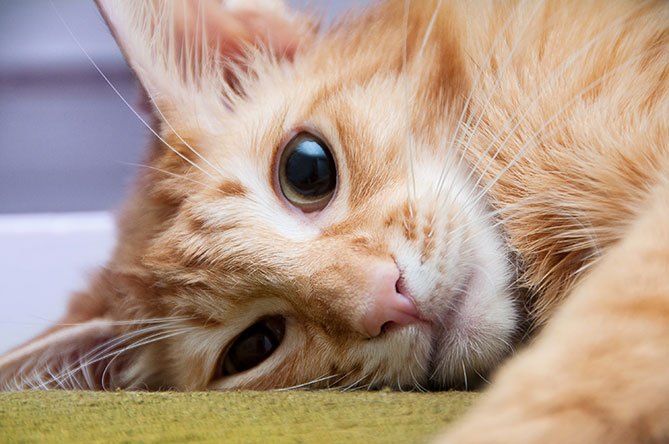
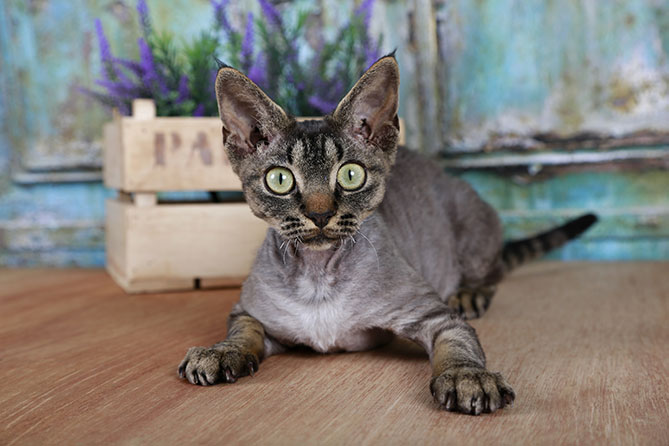
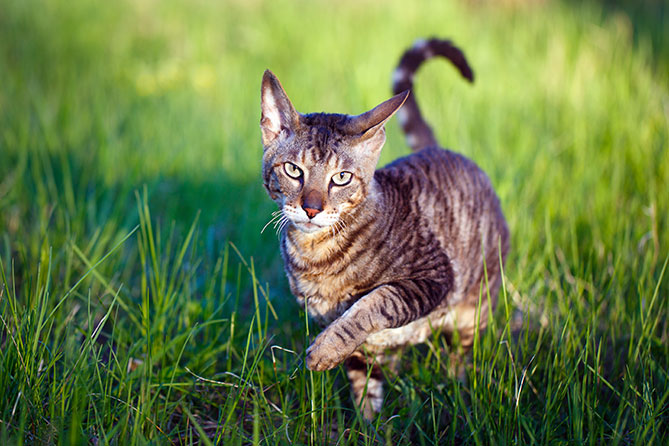
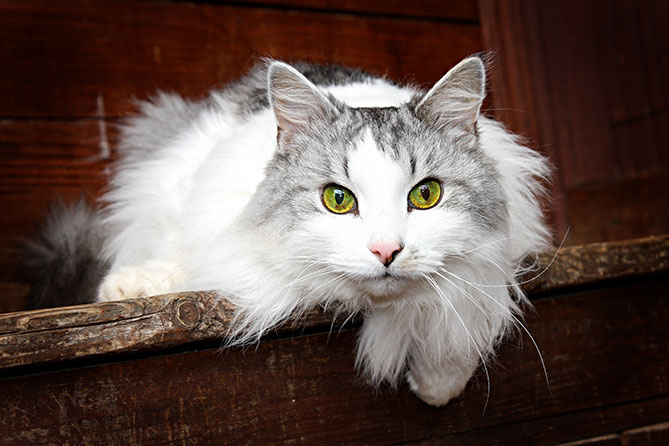
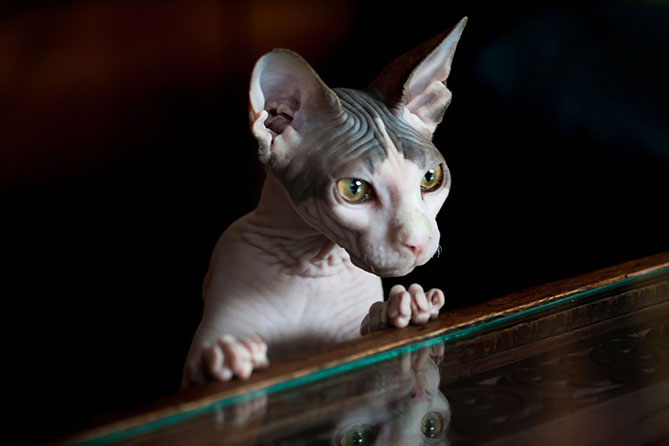
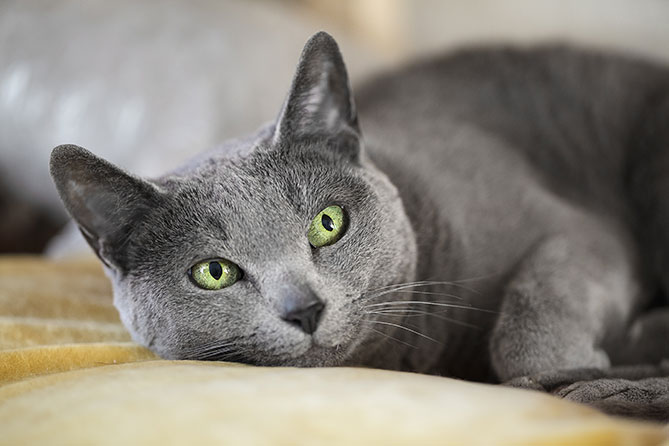





Hello and thank you for your well written post. Some other authors Writing on the subject cats that possibly could cause less of a reaction in people allergic to cats, allso mention the breed Bengal, an american or British breed. Is there a reason as to why you don´t?
Sincerely,
Siegfried in sweden
Thank you Siegfried – we will review the article and update. Warm regards!
Hi Siegfried, my son is ONLY allergic to Bengal cats! It’s very weird isn’t it!
[…] http://www.petsecure.com.au/pet-care/7-hypoallergenic-cats-for-people-who-are-allergic-but-love-fel… […]
We actually have a Balinese and Burmese (which is not on this list here ^-^) because my husband is allergic. We have tried being around others at our local animal shelter but these two worked best for him! So in my experience, it really depends on the person. Not all hypo cats work equally well for someone with allergies and I think it’s better not to expect instant success.
Kelly <3
Hi I am allergic to most cats but found that I wasn’t allergic to the Norwegian Forrest cat.
Marilyn
Sphynx are not actually not hypoallergenic. That is a big misconception since their hairless. It can actually worse without the hair they produce alot of dander and their saliva produce a pretty powerful allergen. I did want one until I actually got a chance to play with one and my allergies were so much worse than a cat with hair.
That’s interesting. My nephew is so allergic but I want to get him a cat for company. Did you spend time with the cat before you brought it home? Thanks. Alex
I can confirm that they cause allergies
Wow. Thanks guys this is helpful.
If your nephew is allergic – why even think of getting a cat for company?
Birds make excellent company. I was allergic to dogs and cats and when I decided to get a bird as a pet, I haven’t had any issues with asthma or allergies ever.
Surely the name Balinese derives from the island of Bali, rather than meaning ‘Oriental ballerina’? (Javanese = island of Java. Siamese = Siam (former name of Thailand).)
Good point Rob. Thanks
Hi! I’m a pediatric allergist. Great article. I think it’s really important that you put in that all cats still have some allergenic potential. I see a lot of families who get a “hypoallergenic cat” only to find out their kid reacts. It’s one thing for an adult to live with a cat they’re allergic to (our lungs are fully developed), it’s another for a young child with maturing lungs. It’s important to note that if you live with a cat you’re allergic to, your body adapts a bit so that you get less of the immediate allergy symptoms (itchy eyes, sneezing, etc), but can go on to develop chronic allergy symptoms. The three main ones are a persistently stuff nose, eczema/sensitive skin and asthma. I get a lot of people who say, “I’m not allergic to my cat, but I react to everyone else’s.” Then I ask, “Do you always have a stuffy nose? Eczema? Asthma? Persistent dark, swollen circles under your eyes (allergic shiners)?” and the answers are often “yep, yep, yep”. The only time I strongly recommend a family get rid of a cat is if the child develops significant asthma. Studies show that this can lead to scarring in the lungs over time. If it’s just mild nasal congestion, we wait and see how things progress. 30% of people outgrow animal allergies during puberty. A hypoallergenic animal is better than one that’s not, but it’s not perfect. Fish, on the other hand, are perfect pets for kids. Lol just kidding – Alex
Great feedback. Thanks Alex.
Thank you!
Thanks Alex for your insight. Yes my allergist told me something similar. I have toy poodles because extremely allergic to cats. They never bothered my allergies. But, he said it is the dander not the fur or hair you are allergic too and toy poodles or dogs with hair and not fur still have dander. I am very allergic to dust as well. So I felt like my dog did not trigger any reaction in me like a cat did. But I am sure there was some reaction I was having from dog but not aware. Melissa in Maine
Thank you for sharing your expert advice! 🙂
Which breed is best for a person who has severe allergies to them? This person needs an epipen if he’s around them.
I appreciate your post and hope you can give me some feedback on this.
Thank you!
I have hay fever and allergies that developed as an adult. I had no idea I was allergic to cats until one adopted us, sadly he passed away a few years ago. Within about 10 minutes of being around a cat my nose itches, runs, sneezing, itchy eyes etc.
After much begging from my child we recently got a Siberian kitten and so far my allergies are no worse than normal. He is lovely and eats us out of house and home, they have such a lovely nature.
British short hair are they low shedding and hypoallergenic
That’s actually not true. They were used for the studies of what causes people to be allergic to cats but it has been proven that British short hair are in fact not hypoallergenic.
I actually went to buy a British blue and came out in horrendous hives
thank you! Im planning on getting a hypoallergic cat thats good with dogs for just in case!
This is a great article! We got a Russian Blue because of this recommendation of them being hypoallergenic. I’m allergic to cats and I fear that my children could develop cat allergies as well! Our beautiful cat has been great and caused no allergic reaction from anyone! We are currently looking into getting another Russian Blur!
Shanna,
Where did you get your russian blue? I have been looking for one and have only found one breeder close to me..about 3 hours away in New Jersey. I emailed them..no response.
Thanks for any info you can offer.
Sorry we are not breeders – and we are located in Australia. I think you will need to look locally.
We had a tonkinese and my husband reacted to it. So would Balinese be the same?
Has been suggested to us that he may be allergic to their saliva?
Any feedback on this
Hi,my son has asthma. Which cat if any would be okay for us too have?
Can tortious shell cats be hypoallergenic too? Can same litter siblings be too or partially.?
We got a cat from a breeder that breeds Hypoallergenic cats – previously we had Russian Blue cats. Both my husband and I were allergic to him. We had to rehome him. We got a Siamese and a Russian Blue (two different cats), I am okay, my husband has slight allergies. We got two HEPA air purifiers and we bathe them monthly. Our 3 kids don’t have allergies to them.